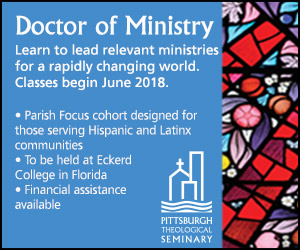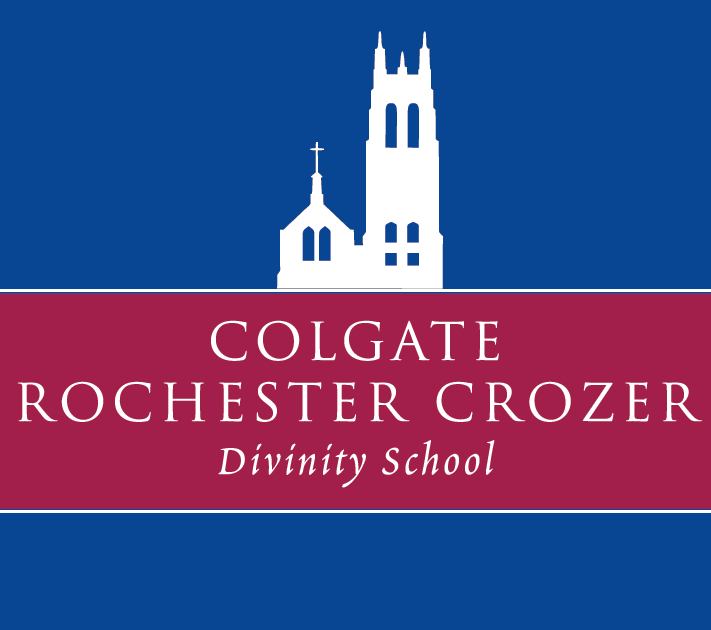By Rev. Otis Moss, III, @OM3
A gated community.
A public sidewalk.
A gas station.
A church.
A porch.
A pool.
A car.
-Aura Bogado
The Doors of the Church are Open
“A church.”
The question running through the minds of many African Americans, particularly black church folks is where and when will we ever be safe? Earlier this week nine prayer warriors were massacred at Emanuel African Methodist Episcopal Church in Charleston, South Carolina. I’m immediately reminded of images of the shell of the Sixteenth Street Baptist Church in Birmingham after it was bombed in 1963, killing four little girls preparing for a Sunday School program. Not safe, even in the Church.
On Wednesday night, members of Emanuel gathered with their pastor in what should have been a safe place armed with nothing but their bibles. Seated in their midst was a young white man who was a stranger, yet welcomed as a friend. The black church embraces all. We accord a certain degree of respect and special recognition to those who do not look like us. The young man was seated next to the pastor, where he returned the church’s hospitality with unimaginable inhumanity.
Emanuel is a national treasure.
Yolanda Pierce, professor of African American religion and literature at Princeton Theological Seminary, reminds us that “the AME denomination was founded as a protest against racism” and “the black church was birthed as a sanctuary from white violence.” This is true of Emanuel AME, affectionately known as “Mother” Emanuel. Its storied history dates back almost 200 years. Mother Emanuel endured despite being burned down, outlawed and destroyed by an earthquake.
Emanuel AME has been the target of racist attacks, legal harassment and arson. Each instance from 1818 – 2015 a person drunk on the wine of confederate supremacy stormed the doors of the church, set on eliminating sanctuary committed to teaching the south “a more excellent way” called love. Emanuel at every turn has responded with love rooted in justice by teaching literacy, producing leaders, protesting unequal treatment, fighting for economic parity and demanding the confederate flag be replaced by a symbol for all South Carolinians. Mother Emanuel exemplifies the best of our religious tradition–liberation, love and reconciliation.
This storm too shall pass.
Despite this breach, the black church will continue to serve as a sanctuary against racism and hatred. Across the country many of us sought comfort and solace in the very temples the gunman’s hate attempted to destroy. We are encouraged by the images of South Carolinians of all races coming together to mourn and remember the fallen. Yet as we await justice, we must commit ourselves to dismantling the symbols that fuel such hatred, beginning with the Confederate battle flag. When other flags were lowered to half-mast in honor of the victims, that flag was not. It reminds us of its persistence as a symbol of insolence. It is structurally impossible to lower it over the State Capitol; however, it is possible to remove it by either executive or legislative order. It must come down.
The Confederate battle flag has been a symbol of race hatred ever since its inception, and in the wake of this tragedy it becomes increasingly identified as a symbol of domestic terrorism for those who would like to “take back our country” to our most turbulent apartheid past. If South Carolina truly intends to honor the victims of the Mother Emanuel massacre, it can no longer associate with the image of this blood stained banner.
The country’s inability to connect a moral conversation to the dialogue about gun violence, mental health and racism is the subtext of this tragedy. Constitutional liberty must never overshadow the dialogue for public safety. The gunman’s mental state is of concern for us all along with our refusal as a country to speak about the moral imperatives of gun safety and mental illness as a public health issue. We cannot definitively say access to “smart gun technology” would have prevented this tragedy or increased support for mental health programs might have helped this disturbed young man. We can say such support can stop future tragedies and provide a safer space for all to worship and dare us as a nation to create the space for a yet to be United States of America.
When we see the faces of those who were lost and learn of their lives, we are devastated not just by the senselessness of the act but also because we know these victims. We know them–the civil servants, the recent graduate, the librarian, the track coach, the grandfather and the great-grandmother. They are representative of the members of almost any black church, assembled under the leadership of a civic-minded young pastor. They were hunted down by a young person infected with racialized hatred and mental instability who had access to weapons designed for sport. He has terrorized all of us.
His actions will not terrify us from remaining true to the history and mission of the black church. In honor of those nine souls and of the countless others who preceded them, we will continue to exist, to protest, to remain open, to stand, and to pray. The doors of the church are open.
Source: http://www.huffingtonpost.com/rev-otis-moss-iii/the-doors-of-the-church-are-open_b_7626920.html















